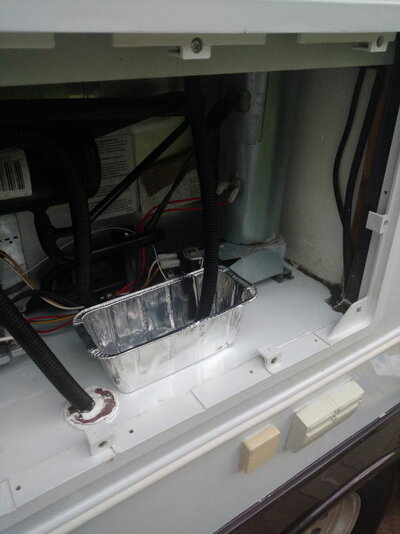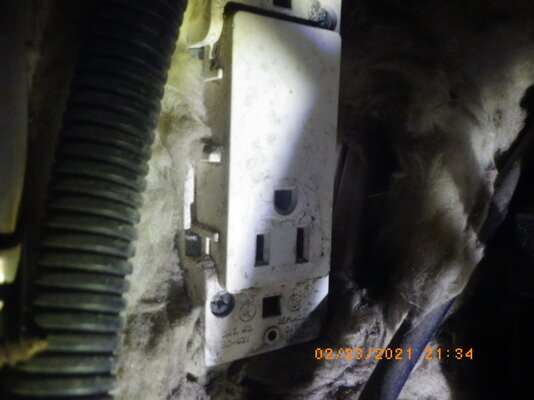With regard to bonding at the generator, you are confusing voltage with current
Frame, green and white is essentially a single wire that the generator sees in reference to black. But yes, a GFI outlet can still work on its output, but that is NOT the issue here.
The black lead does not care if the current comes down the white, green or frame. It will add the same if it comes back on a single wire, two wires or all three possible paths (frame).
A 1/3 amp return on three different wires is one amp.
Same one amp if two wires when each carries 50% of the current.
Same with a single wire carrying 100% of the current.
Simple Ohm's Law says so.
Therefore, there is no difference and here I am talking current. In fact, I always was talking current as that is how GFI works, the current to green or ground is subtracted from the white and that can easily be sensed. Even if the generator goes to a GFI outlet, because only the output of the outlet has to trip. Notice when a GFI outlet trips, the full voltage is still connected to the input of the same outlet and can kill a person easily. Only the output of the outlet is switched off. IOW, the outlet is externally sensing away from the AC source. GFI is an added circuit to a regular outlet.
That is the point some here are missing.
Whatever was being detected has to be external to the generator's AC line.
GFI in an outlet can always work, even from the generator, as the GFI can the see a true difference in current between the white and black and ground. But that is added equipment, like I was trying to explain. A regular outlet will not shut down anything. AC still goes into either type of outlet, just will not come out from the GFI outlet when tripped.
Like I said, if the refrigerator turned off when on generator I would think nothing of it, if the generator continued to run. But it is somehow turns off the generator when the load path is exactly the same path as a GFI condition.
The only way that is possible is via the control board sensing something is wrong somewhere. It cannot be the AC wires of the generator.
BTW, I thought of another experiment I could have made while I was on shore power without GFI.
I should have ran the generator into an open outlet and see if it still shuts down in 15 seconds.
However, since then the refrigerator is then on shore power and working normally, it probably won't shut down anyway, but if it did, it would prove how it works.
-Don- Auburn, CA



